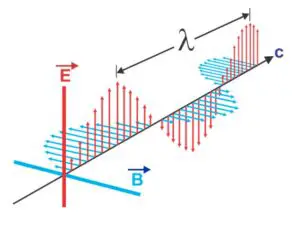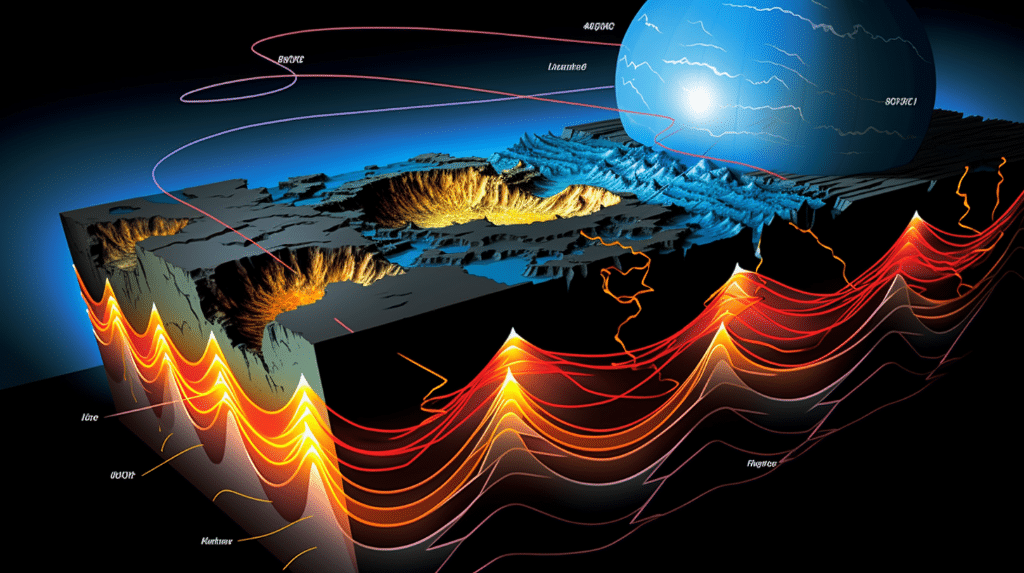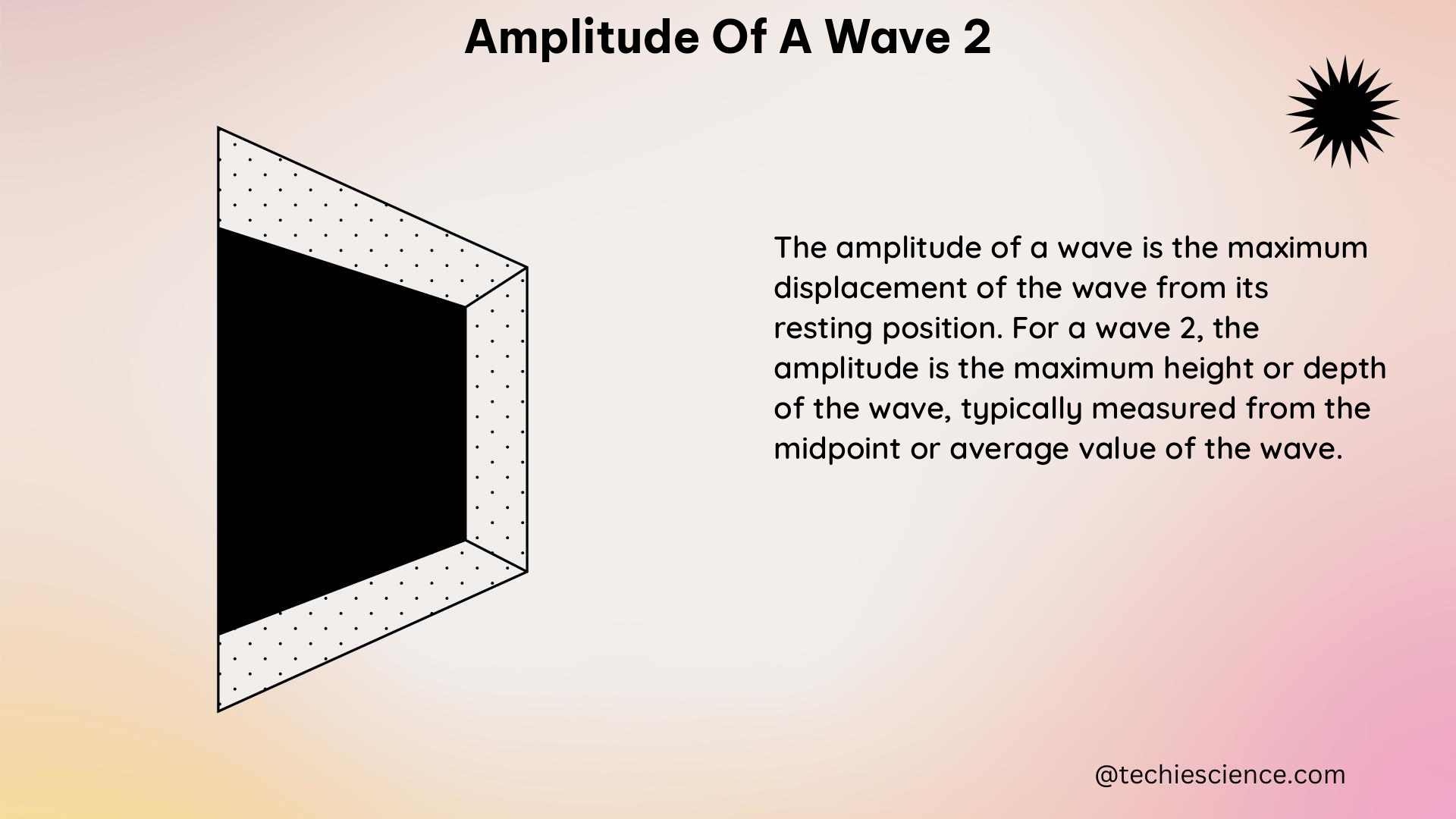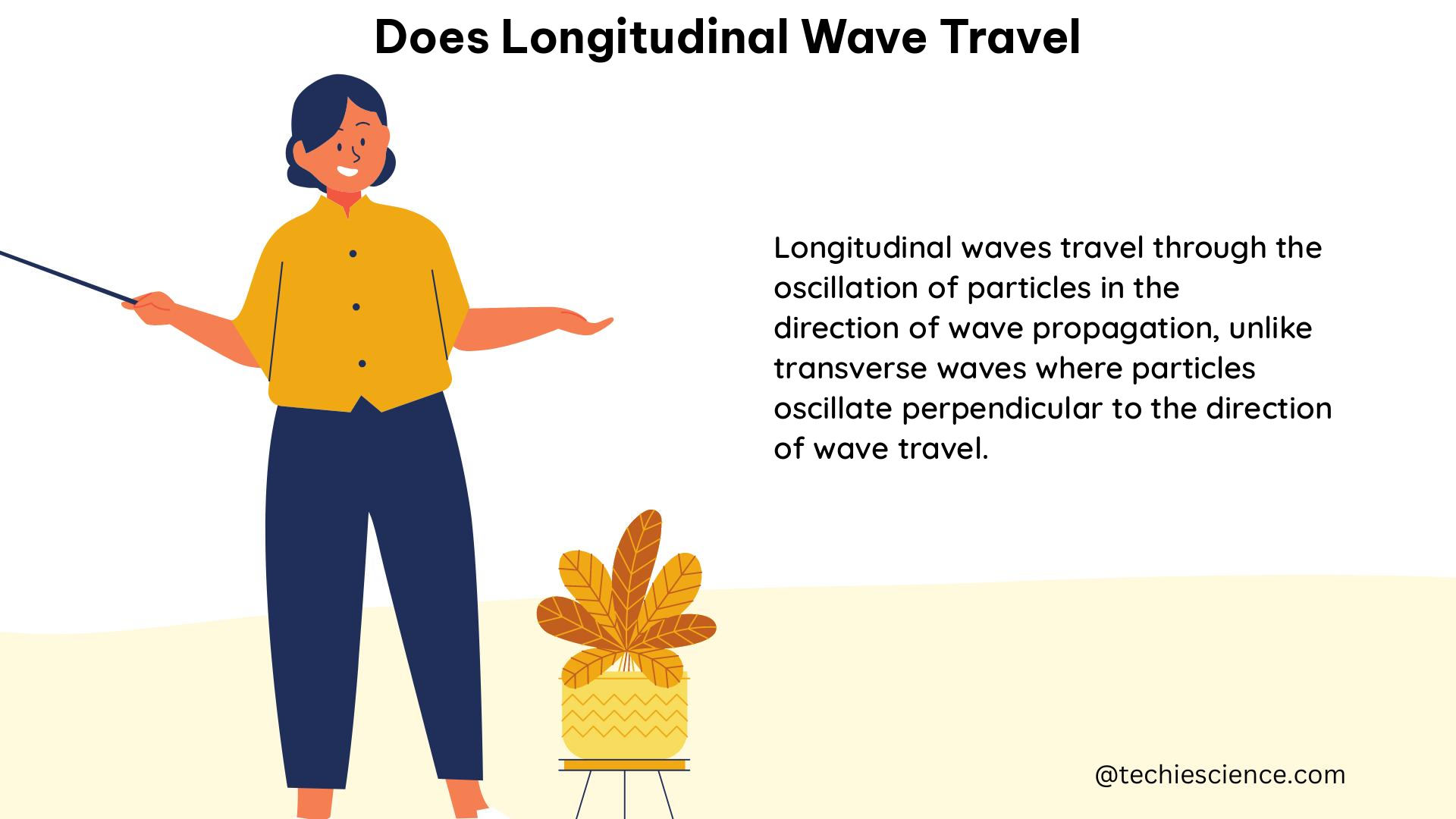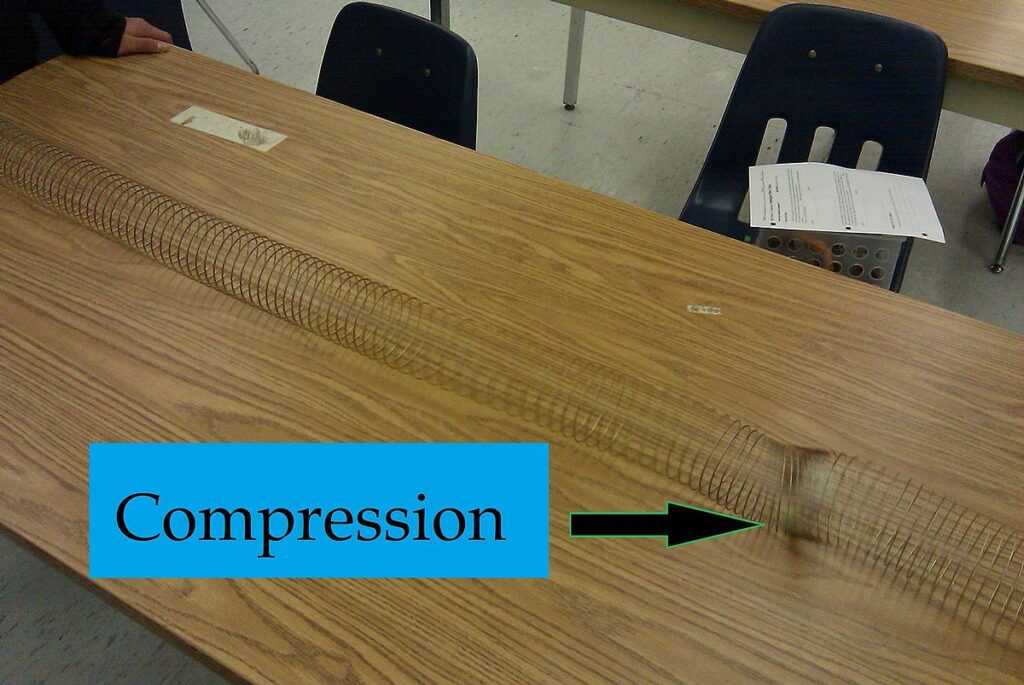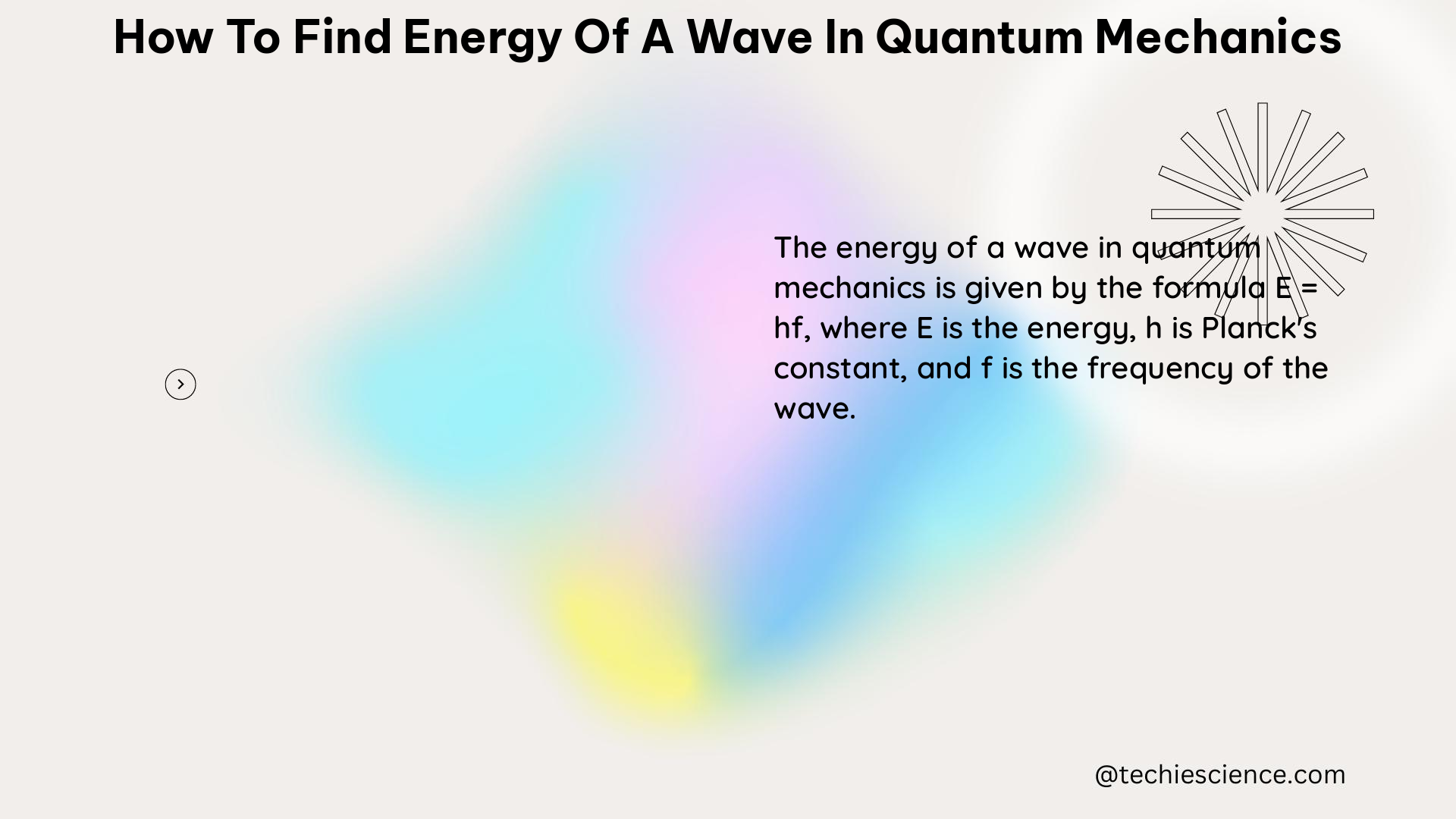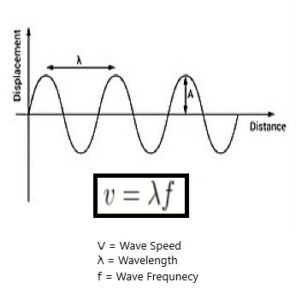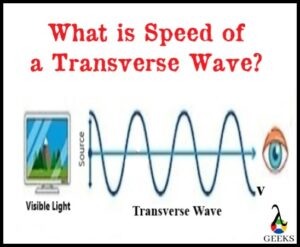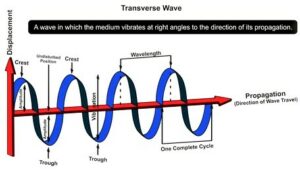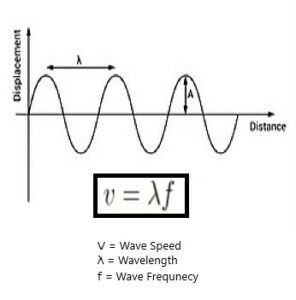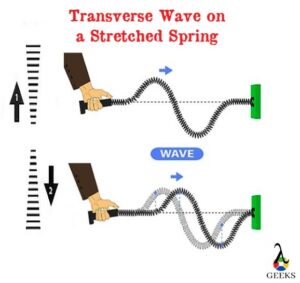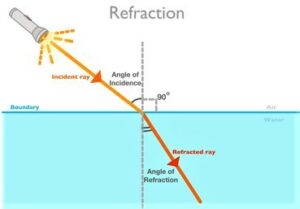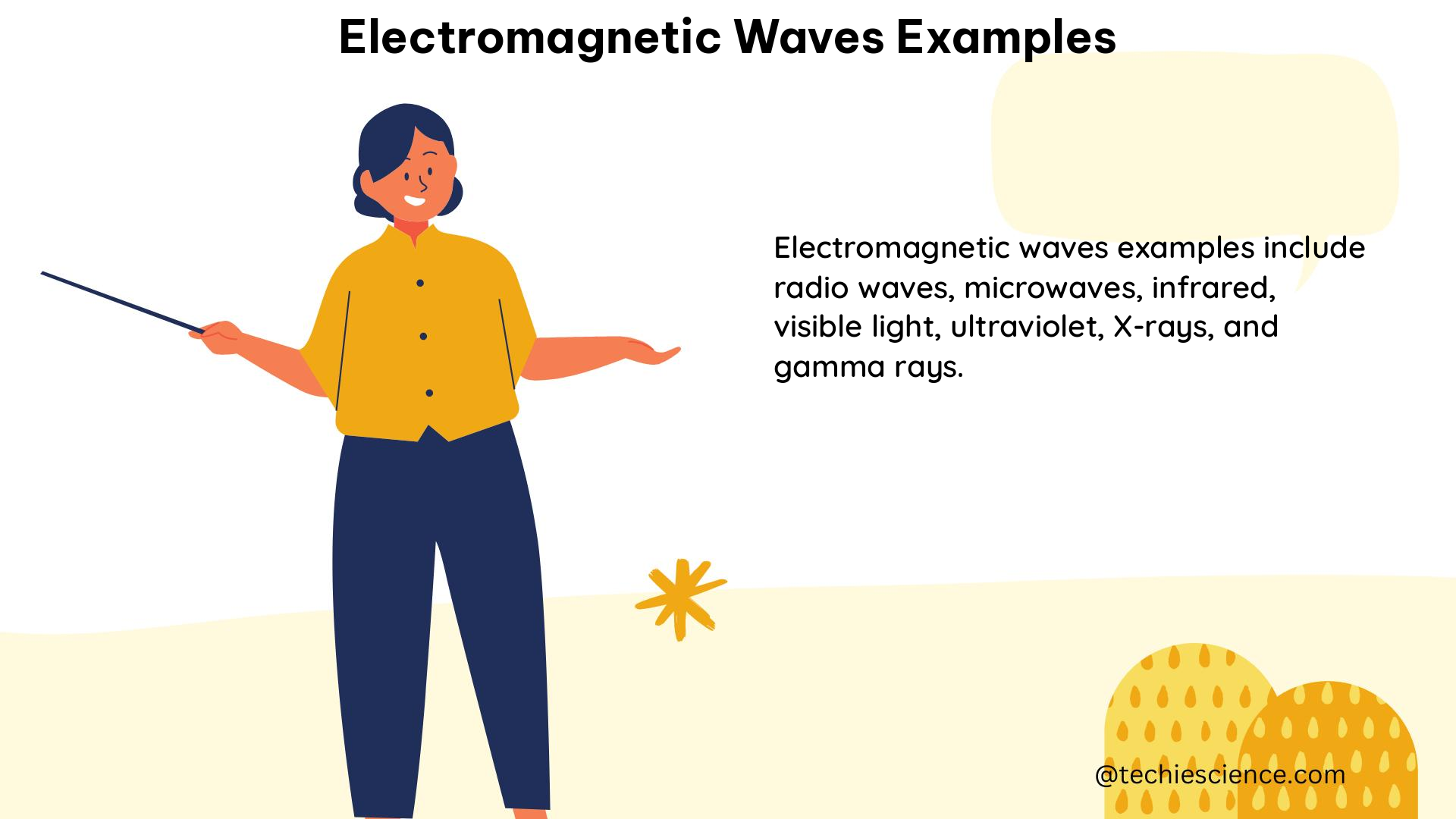In this post, we will know the explanation of how transverse waves travel and the medium of their propagations.
Usually, transverse waves come under the category of mechanical waves; the particles or atoms in transverse waves move perpendicularly, considering the wave’s direction. The vibrations produced in the movement will help us know the path at the microscopic level.
Now to study and understand the detailed explanations of how transverse waves travel.
What can transverse waves travel through?
Transverse waves are a type of mechanical wave that surely does not need any medium to travel.
Under the category of transverse waves, we can consider electromagnetic waves as the best example. These electromagnetic waves can pass through a vacuum because the vacuum is a specific region where can find no matter, which also infers a medium’s absence. These waves are generated from a primary source and propagate through the regions’ up and down movement.
Apart from the vacuum, they can only pass through solid matter. It’s time to know a detailed explanation of how they pass through the void.
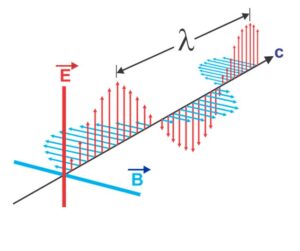
Can transverse waves travel through a vacuum?
Transverse waves such as light and electromagnetic waves can pass through the vacuum region.
The primary source of light and electromagnetic radiation is the sun, and the light reaches us in the form of visible light that travels through the space or vacuum region; they can travel through the vacuum due to the nature of the movement of particles, that involves the displacement of particles in a perpendicular path. This movement of particles in the form of a wave is considered transverse waves that pass through the vacuum.
One more important thing to be noted is that vacuum never consists of any medium, and transverse waves are known to travel without the need for a medium. Both these factors help in the displacement of transverse waves through the vacuum.
To study in what process transverse waves travel through a vacuum.
How can transverse waves travel through a vacuum?
In general, transverse waves do not require a particular medium to propagate.
The movement of particles in transverse waves; is to be considered to analyze how they pass through a vacuum region where there is no single entity of matter or medium. In general, we studied that transverse waves move in a perpendicular path to the movement of particles in the direction of wave movement. This movement helps the particles displace in a region fully covered by space.
These waves also consist of waves with higher wavelengths, such as light waves, that travel through space or vacuum without any problem.
Now to understand how these transverse waves are created.
How transverse waves travel and created?
All the transverse waves are created through some vibrations. These vibrations are usually generated via the movement of particles upward and downward.
Transverse waves, as we know, already move in a direction that will be 90 degrees to the general wave movement of the particles. After creating due to the vibration, they move in the matter, and if they are solid medium, the wave motion will proceed smoothly. It generally depends on the medium of transmission.
Now to know the source of where these transverse waves come from.
Where do transverse waves come from?
Inelastic solids, we commonly observe these transverse waves.
The unique notion of elastic solids contains shear stress; the movement of the particles during this stress is perpendicular to the wave displacement. This vertical movement of atoms will constitute the transverse waves created from the source. The oscillations generated contribute in the case of these solid atoms’ motion.
To study the significant and fundamental difference between longitudinal and transverse waves.
Difference Between Longitudinal and Transverse Waves
The significant difference between both the longitudinal and transverse can be described in simple words as follows,
| Parameters | Longitudinal | Transverse |
| Direction | The direction of the atoms in the longitudinal wave is towards the direction of wave movement. | The direction of the atoms in the transverse wave is always in the perpendicular direction of wave movement. |
| Components of the wave | Usually, it consists of crests and troughs. | All the transverse waves consist of rare fractions and compressions. |
| Medium of Propagation | Through all the medium of matter | Solids |
| Displacement | Parallel movement of energy. | Perpendicular movement of energy. |
| Examples | A typical example is sound waves. | A typical example is light waves. |
Now let us study the detailed explanations of examples of transverse waves.
Read More: Transverse wave vs longitudinal wave
Examples Of Transverse Waves
The typical examples that we found in the medium in which the particles undergo up and down motion come under transverse waves. Some fundamental examples of transverse waves are as follows,
- The ripples produced on the layer of any water surface
- The secondary waves generated during an earthquake
- All the Electromagnetic waves
- The waves caused on a string due to vibration
- Human wave formation
- The water waves
- Rope
The ripples produced on the layer of any water surface
When you throw any object on the water layer, it will create random movement on that surface, known as ripples. It is generated due to the spontaneous activities due to that object, and the vibrations move up and down, producing transverse waves. It can be considered to be a typical transverse wave example.

The secondary waves generated during an earthquake
Transverse waves are generated even during the earthquake; these waves are produced as a secondary element. The rapid movement of the particles inside the earth’s core generates waves that displace up and down and moves in a 90-degree direction. It is an excellent example in which we can notice the movement of particles.
All the Electromagnetic waves
Electromagnetic waves are one of the best examples of transverse waves. The waves such as radio waves, microwaves, IR waves, UV waves, and other forms come under electromagnetic waves. The motion of particles in these waves is seen as traveling in the path perpendicular to the whole wave displacement. We can know the movement since they pass through the vacuum region.
The waves are generated on a string due to vibration
When you pull a string, it starts to vibrate; due to this vibration, the particle movement starts that is seen in the form of a wave. Even here, the motion of the atoms will be perpendicular to the path of wave movement. So, it can be an example of a transverse wave.
Human wave formation
The human wave formation seen in the stadium during specific matches can be a good visualized example of transverse waves.
The water waves
Even in the waves created in the water due to its displacement, it can be considered an example of transverse waves. The big waves that rise above the water layer are seen moving in a normal direction to the total wave motion. At this stage, the movement of particles comes under transverse waves.

Rope
When you play with a rope and swing it, a wave is created; it is nothing but transverse waves. Even in its displacement, we can see the particles passing in a perpendicular path. That rope’s up and down motion will be considered to be a prominent example of transverse waves.

To study the detailed facts of explanations on the speed of transverse waves.
Factors affecting Speed of a Transverse Wave
We know that all the waves consist of crests and troughs that help displace particles present in the object. Crests are considered the topmost point, while troughs are the bottom points observed in any wave.
All the below terms play a significant factor in affecting the speed of transverse waves.
Amplitude – The speed of transverse waves does not contribute much to changing the speed of transverse waves.
Wavelength – will observe the longer wavelengths in transverse waves.
Medium – It displaces easily in solid matter.
Frequency – Frequency and time of the displacement of transverse waves can estimate its speed.
The above are some of the essential terms that are important to know while estimating transverse waves’ speed.
Read More: Frequency of a wave example
Frequently Asked Questions | FAQs
Explain the definition of Transverse Waves?
Transverse waves come under the category of mechanical waves.
To quickly define a transverse wave, we must first observe how a transverse wave displaces. In any transverse waves, the movement of each particle is in the perpendicular direction in consideration of the wave movement. All the particles in transverse waves move either sideways or up-down.
Is it possible for transverse waves to carry energy?
Transverse waves can carry energy during their movement.
If we observe the particle’s movement in a transverse wave, we find that they move perpendicularly to the wave movement. They produce crests and troughs; here, we can see that energy is being carried from left to right along with the motion.
Can transverse waves travel through fluids?
Fluids are a combination of both liquids and gases.
Since the fluids include both mediums, it won’t be easy to propagate transverse waves in that medium. Even liquid transverse waves do not find the medium suitable for the propagation of particles. We know that transverse waves always displace perpendicularly to the wave motion in any medium. Still, it is not possible in the case of the fluid medium.
Is it possible for all the transverse waves to travel without a medium?
Transverse waves always require some medium to move from place to place or object.
We already know that they are an essential component of mechanical waves that always require some matter or medium to displace from one point to another. Also, one fundamental point is that transverse waves need some solid medium to transport.
Is it possible for transverse waves to travel in gases?
Transverse waves can’t pass through the gaseous matter.
The particles traveling in a gaseous medium will face difficulty propagating transversely because the particles in gaseous matter won’t have a mechanical driving force in the direction that will be normal to the wave motion of the subject.
How can transverse waves travel through a void?
In the vacuum region, only the transverse waves can move only due to the path the particle in the transverse waves follows.
Under the transverse waves category, electromagnetic waves are included. The spectrum of electromagnetic always involves various waves that transmit through many regions. The main types of waves that come under this are visible and radio waves that usually have the most prolonged displacement of particles that move in the vacuum.
Also Read:
- How to calculate the energy of seismic waves
- How did the concept of wave particle duality come about
- Electromagnetic waves types
- What is the wavelength of photon
- Characteristics of electromagnetic waves
- Does amplitude increase in a wave
- How to find wavelength of transverse wave
- How to find energy from wavelength
- How to find energy in a cosmic microwave background experiment
- Does wavelength affect diffraction
